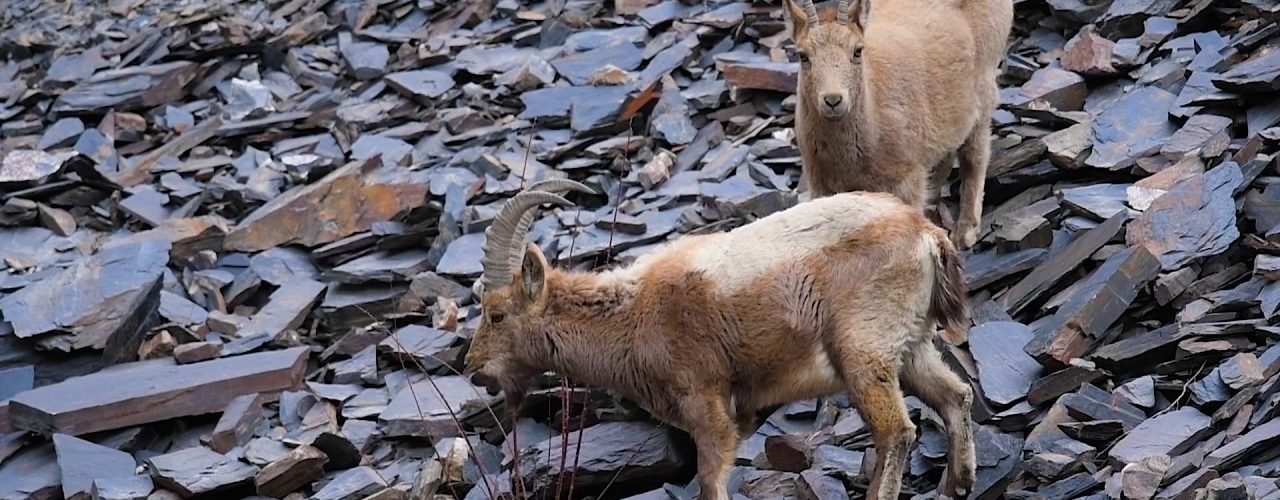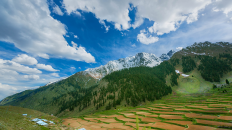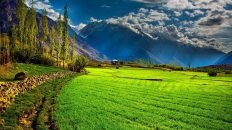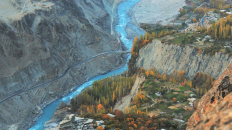Khunjerab National Park is Pakistan’s third largest National Park. The park is adjacent to Taxkorgan Natural Reserve (1,400,000ha) in China. This park was created on 29 April 1975 by the late Zulfikar Ali Bhutto on the recommendation of Wildlife biologist Dr. George Schaller. Over half of the park is above 4,000m. Khunjerab Pass, the gateway to China via the Karakoram Highway, is at 4,934m.
Wildlife:
The primary purpose of setting up of this park was to provide protection to the endangered Marco polo sheep, which is only found in this area in Pakistan. According to the Mir of Hunza, the population was around 400 but had dropped to below 180 by the time of the completion of the Karakoram Highway. A herd of almost 75 Marco Polo sheep was recorded in the spring of 1984 and park staff saw at least 50 crossing the Pass in May 1989. The park is also famous for its Snow Leopards. Some reports say that it might contain the highest density of these beautiful cats in the total Himalayan ecosystem which is the natural habitat of these cats. Over 2,000 Siberian ibex, widely distributed and abundant in the park but absent from neighbouring China are also present here.
Mammals:
Mammals in the park include Snow leopard, Himalayan Ibex, Brown bear, Tibetan red fox, Tibetan wolf, Blue Sheep, Marcopolo Sheep, Tibetan wild ass or Kiang, Ermine, Alpine weasle, Stone Martin, Golden Marmot, Lynx, Large-eared Pika, Dhole, Cape hare, Common field mouse, Royle’s mountain vole, Lesser shrew and Migratory hamster.
Birds:
Common birds in the park are Lammegier vulture, Golden eagle, Himalayan griffon vulture, Eurasian black vulture, Marsh harrier, Eurasian sparrow hawk, Eurasian kestrel, Lesser kestrel, Saker falcon, Peregrine falcon, Himalayan Snow cock, Snow partridge, Chukar, Grey heron, Common sandpiper, Hill pigeon, Snow pigeon, Northern eagle owl, Eurasian cuckoo, Common swallow, Magpie, Alpine cough and Raven.






